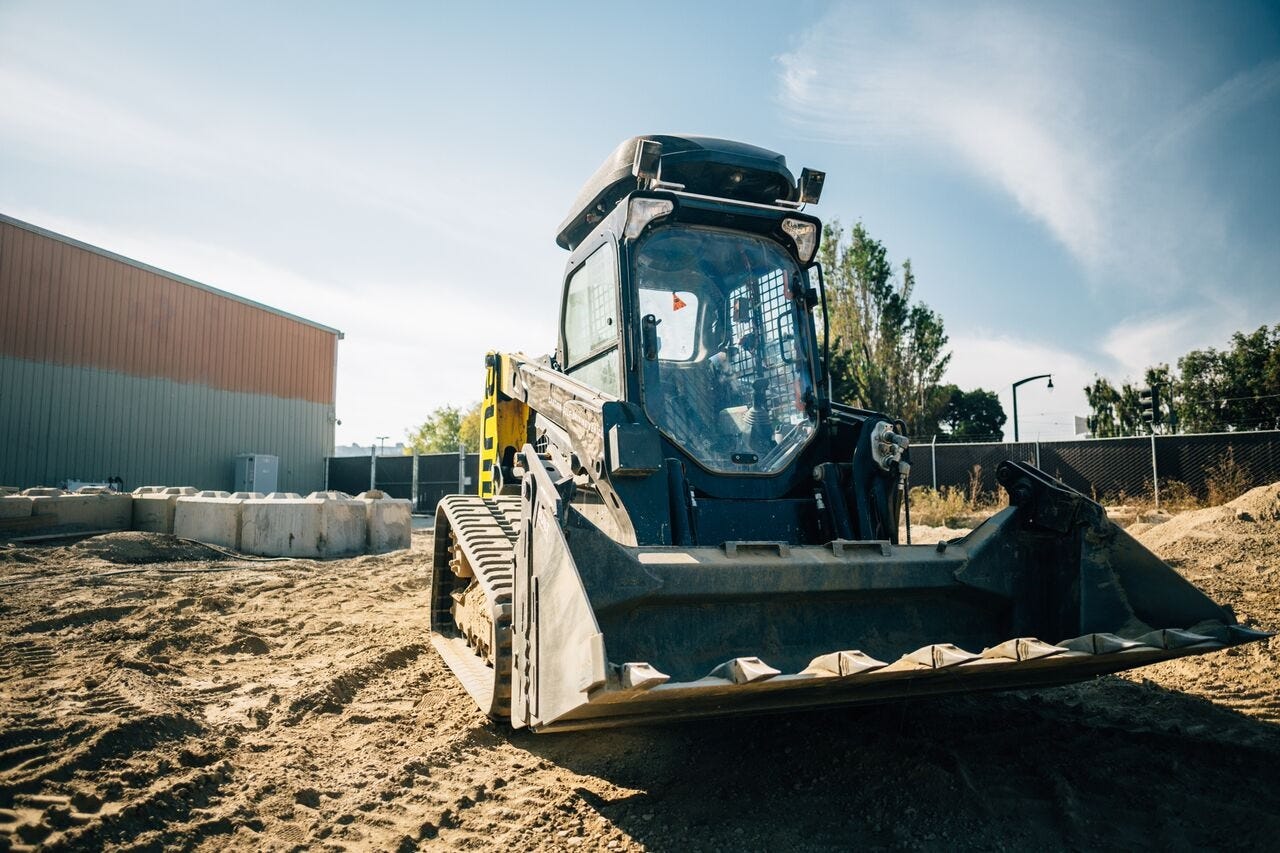Autonomous construction equipment is here


Autonomous construction equipment could be the intermediate step between automated factory equipment and self-driving cars. Although there is plenty of justified enthusiasm for self-driving cars, there are still many technical and regulatory challenges to overcome before we can move automation from enclosed industrial settings to the open road.
"I actually think we'll see autonomous equipment commonplace on job sites much sooner than on public roads," says Noah Ready-Campbell, founder of Built Robotics. His company launched out of stealth in October with self-driving construction equipment.
Industrial robots are already prevalent in modern manufacturing settings where repetitive tasks are automated, dramatically saving labor costs. It makes sense because factory floors are a safe place to introduce new technology. Even now that some advanced mobile robots are free to roam among human workers, they are still typically kept inside a building. Moving robots outside adds more obstacles, unpredictable human behavior, and exposure to the weather.
Unlike public roads where autonomous vehicles are being tested, construction sites are closed to public traffic and pedestrians. So far, Built's self-driving excavators have completed projects that include a community garden near San Francisco and some site work at Camp Tamarancho in Fairfax, California. In a phone call, Ready-Campbell told ZDNet that the construction industry is embracing autonomous heavy equipment because of two main factors: labor shortage and safety.
He says, "Two-thirds of contractors report that they're having a hard time finding skilled workers." The result is that the best contractors in each region have more work than they can handle because they can't hire enough skilled workers to meet the demand. "So they view automation as not even a way to reduce costs," Ready-Campbell explains, "It's more about enabling them to grow and take on more work that they would have to turn down otherwise."
Safety is another major reason why contractors are responding well to the automated equipment. Even though it might seem like a self-driving excavator could steal someone's job, accidents are too common around heavy equipment, so it's much safer if an operator can manage the project from a distance. Plus, it's not just the injuries that happen when somebody gets hit or pinned by a machine, but also the chronic exposure to vibration, shock, and dust.
Ready-Campbell says, "If we can let the machine do that kind of work and let the operator focus on other aspects of their job then it's good for everybody."
For typical site work (excavating, grading, and other work that prepares a building site for construction), there is a crew of several people who operate the excavator, ensure proper grading, and manually touch up the work that a machine can't do. A Built machine could replace the whole site work crew.
The self-driving excavator still needs supervision, but one person could possibly manage more than one machine, so automation could save significant labor costs on large projects. In the construction industry, time is an especially valuable commodity. Self-driving equipment could operate efficiently 24 hours a day, helping to relieve the pressure to meet tight schedules.
Autonomous excavators are better at some tasks than others. They aren't ideal for avoiding fancy landscaping, working around buried utilities, or operating in high traffic areas. But they are great for excavating something large and precise, such as a perfectly smooth foundation for a big building.
10 cool robots at this year's RoboBusiness Conference
For that kind of precision, humans are slower, and it takes a team of several people working slowly as they constantly check the grading and adjust accordingly.
The self-driving excavators have three layers of redundant safety features. The first is object detection, including obstacle avoidance using lidar, so that the machines avoid hitting people or other vehicles. The second piece is a geofence that defines the exact perimeter where the equipment can operate, and the third layer is a good old-fashioned kill switch -- one that is mounted on the machine and another that is wireless.
There have been other attempts to automate construction work, such as a painting robot, a brick laying robot, and semi-autonomous excavators that are equipped with GPS control or precise grading. But many contractors don't have the funds or the space to add new heavy equipment to their fleet.
Built Robotics has a chance to gradually enter the market because it retrofits existing off-the-shelf excavators. The company is still evolving, but Built Robotics' focus will be on the AI software, leaving the heavy equipment aspect to the well-established companies that already have the expertise and a loyal customer base.
PREVIOUS AND RELATED COVERAGE
50,000 drivers needed: Can technology save the trucking industry?
There's been lots of talk about autonomous vehicles. The market is certainly ripe. How close are we really?
Adidas is using robots to produce small-batch, local-market shoes
It usually takes 18 months to bring a shoe to market. Global shoe brands want to bring that down to a few days.
Affordable robotic automation is now available to mom and pop shops, which is driving crazy growth in the robotics industry.